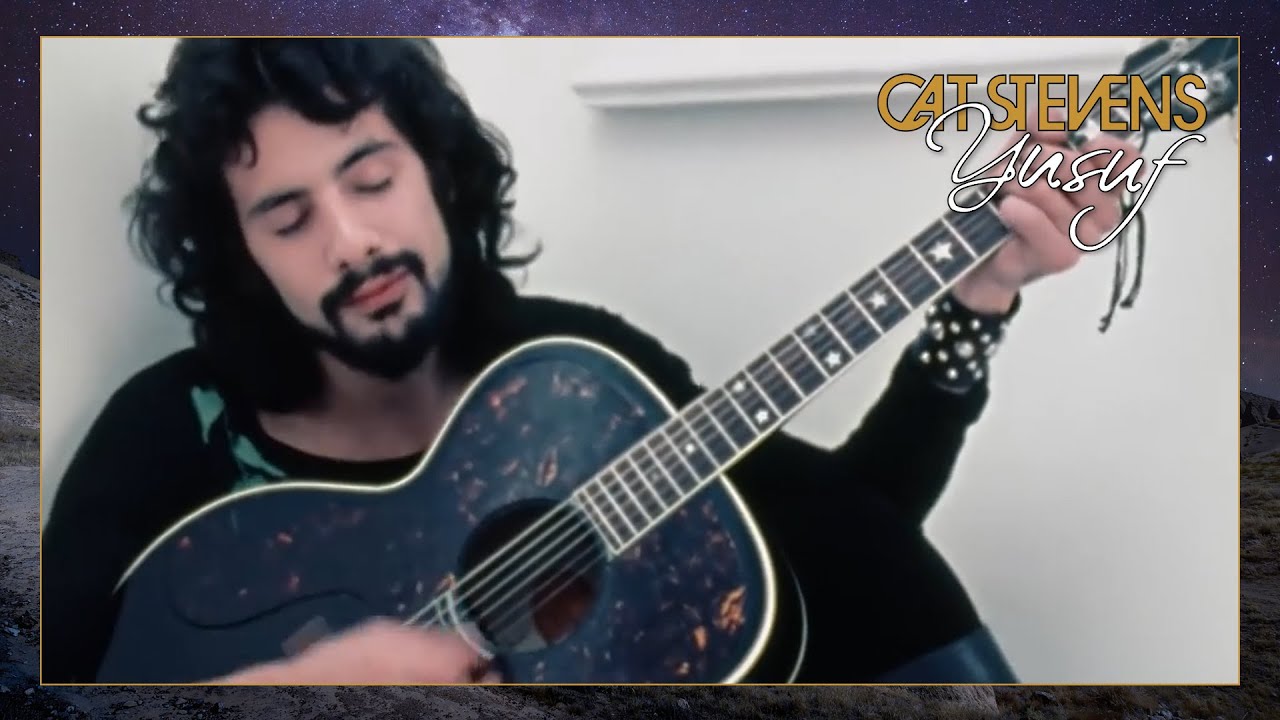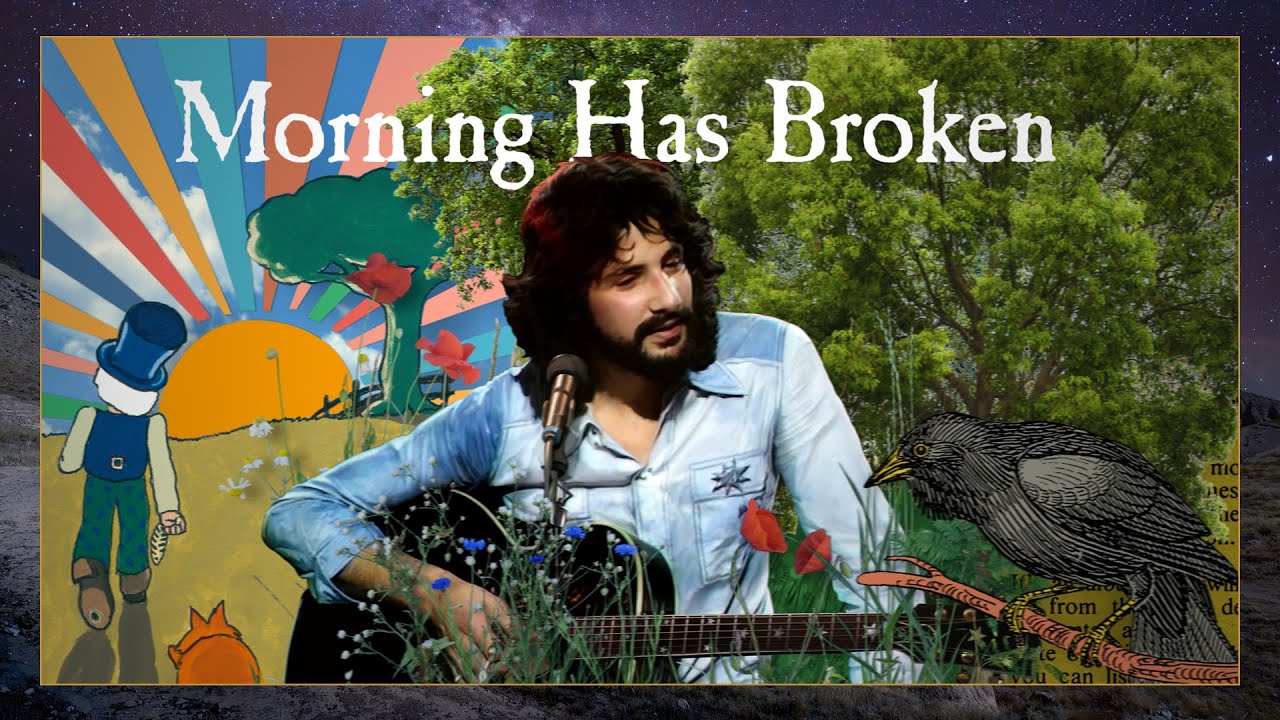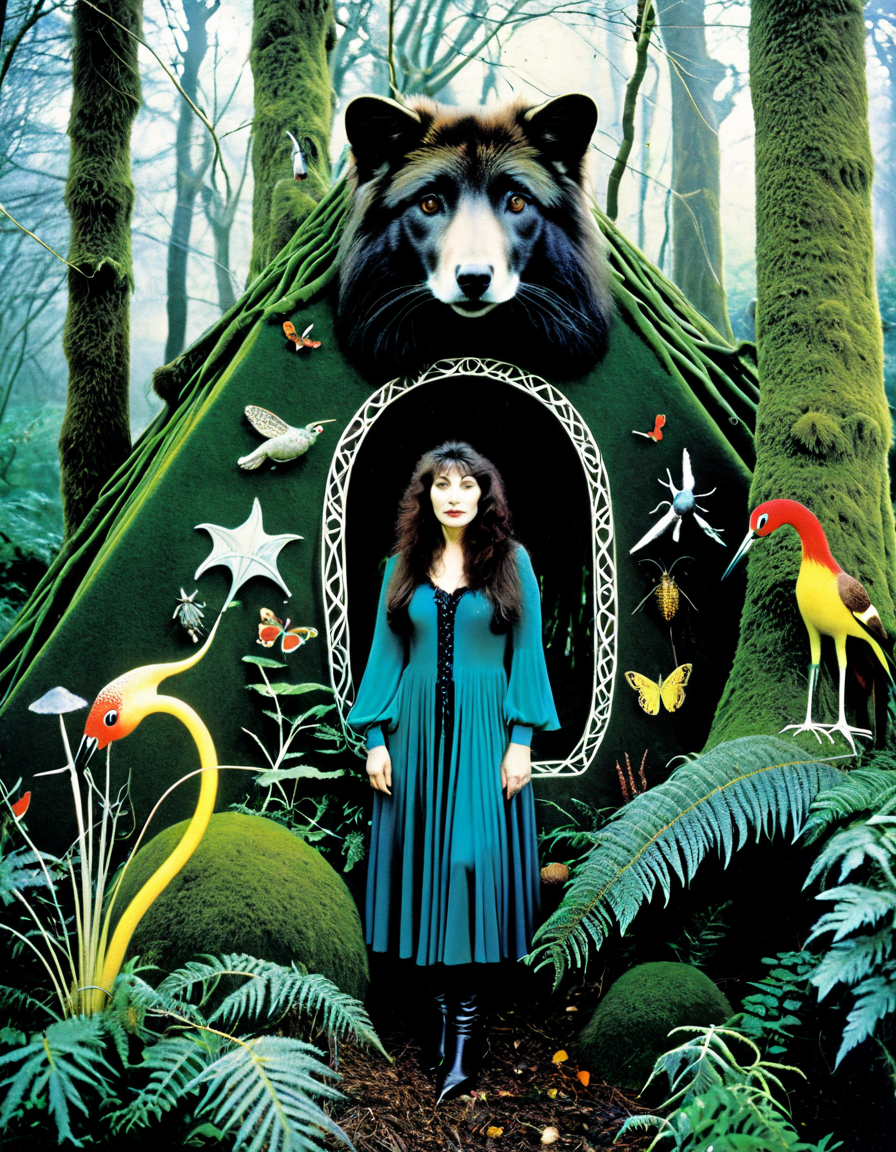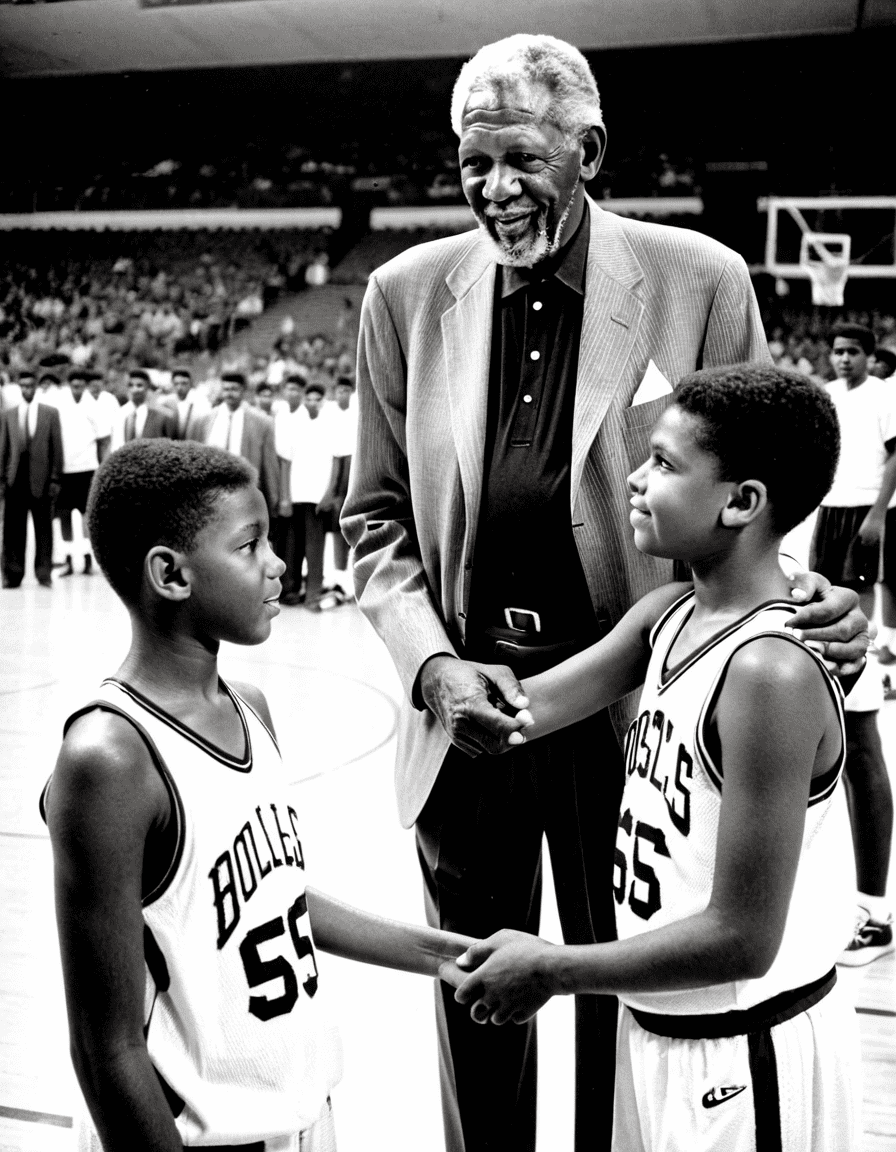Cat Stevens, born Steven Demetre Georgiou, is more than just a name in music; he symbolizes a fascinating odyssey through fame, spirituality, and self-discovery. If you’ve ever hummed “Wild World” or pondered “Where Do the Children Play?”, you know this man’s brilliance. His transformation from a chart-topping superstar to a figure of spiritual significance is a rollercoaster we’re all invited to ride. Buckle up, as we explore seven key moments that sculpted Cat Stevens’ incredible evolution!

1. Rise to Stardom in the 1970s
Ah, the 1970s! What a time to be alive, especially for a budding singer-songwriter like Cat Stevens. With a sound steeped in folk and a flair for poignant lyrics, he wormed his way into the hearts of many disillusioned youths. Tracks like his 1967 debut “Matthew and Son” catapulted him into the top 10 of the UK charts. But it was his subsequent albums, Tea for the Tillerman (1970) and Teaser and the Firecat (1971), that truly put him on the map in the U.S., achieving triple platinum status. It was an era of reckless love affairs—he briefly dated Carly Simon—and relentless touring, proving that fame can be both intoxicating and overwhelming.
However, as the bright lights of fame dazzled him, a heavy workload took a toll on his health. In 1968, he faced a potentially fatal bout of tuberculosis, leaving him in the hospital for months. During this harrowing time, Stevens began to engage in serious inner reflection and meditation. This moment is crucial as it sets the stage for his eventual transformational journey.

2. The Life-Altering Near-Death Experience
Fast forward to 1976—an eye-opening, life-altering year for our boy Stevens. Picture this: he’s swimming off the picturesque coast of Malibu when fate decides to throw him a curveball. A near-death experience prompted an urgent quest for deeper meaning. One might say it was a rude awakening from his pop-star slumber. This brush with mortality ignited a thirst for spirituality that he hadn’t known before.
In the years that followed, Stevens embraced Islam. He adopted the name Yusuf Islam, marking a significant transition in both his personal and professional lives. Can you imagine walking away from fame? It wasn’t just a casual decision; it was conscious and reverberating with significance. “It was a hard tug,” Stevens reflected on his choice to leave music behind in 1977. This life-altering moment redefined him, creating room for a new purpose that transcended mere celebrity.

3. Departure from Mainstream Music
After embracing his new beliefs, Cat Stevens made his dramatic exit from mainstream music. What a wild move amidst the glitz and glamor—it’s rare in Hollywood, let’s be real! The backlash from fans and industry insiders was monumental. Instead of chasing the glimmering allure of fame, he pivoted toward humanitarian work. Talk about a plot twist! He established the Small Kindness charity and dedicated his life to education and support for those in need.
This departure speaks volumes about Stevens’ unwavering commitment to his beliefs! While musical icons often revel in the spotlight, he chose to shine his light elsewhere, showing us that personal conviction can trump commercial success. It certainly paved the way for him to become the compassionate soul we admire today.

4. Rediscovery and Re-emergence in the 1990s
The 1990s saw a renaissance for Cat Stevens, as creativity found its way back into his life. He re-emerged with the album An Other Cup in 2006, reintroducing his music to a new generation. Artists like Oliver Tree have drawn inspiration from his rich legacy. The brilliance of Stevens shines through, proving that an artist can evolve while embracing their roots beautifully.
Can you imagine the excitement? People who grew up hearing his music were now bringing it to their own children! His ability to adapt without losing essence is a feat many artists strive for—and probably one of his coolest attributes. He cultivated nostalgia while inviting fresh ears to experience his heartfelt melodies, reminding us that music is a timeless bridge that connects generations.

5. Influences and Collaborations
Throughout his journey, Cat Stevens was shaped by diverse influences and has collaborated with figures like Clinton Kane and even gotten nods from contemporary icons like Phoebe Waller-Bridge. You could say his music is a crossover hit between genres and decades. Stevens invited an array of artists to express the depth of his lyrical prowess in a myriad of styles—a testament to how he transcends boundaries.
The blending of artistry cultivates a rich tapestry that resonates deeply with listeners. He remains an emblematic figure for artists today, from Wood Harris to Kris Tyson. They not only pay homage to Stevens’ influence but also take on his ability to convey raw emotions through music. This cross-generational admiration speaks volumes about the timeless nature of his craft.
6. Spiritual Leadership and Advocacy
As time progressed, Cat Stevens transitioned from mere musician to spiritual leader. His compassionate nature shone as he advocated for peace and understanding across cultures. This was especially notable during significant global events. Imagine a pop icon—turning into a beacon of hope! His willingness to speak out on behalf of the voiceless resonates with many, showcasing the power of art as a form of advocacy.
Like Mike Judge, who uses satire to reflect societal issues, Stevens encourages empathy through his music and actions. His approach insists that art isn’t merely for entertainment—it’s a powerful tool for social change. Stevens embodies this sentiment, urging us all to lift our voices for what’s just.
7. Continuing Legacy and Cultural Impact
Today, Cat Stevens’ influence continues to ripple through modern music. Talents like Chase Brown look up to him, seeking to blend commercial success with a genuine sense of self, mirroring the values he embodies. Just as some fans reminisce about the golden days, young admirers find solace in his music’s message of introspection and connection.
His legacy transcends time, inspiring Jason London, Ken Miles, and many more who recognize the beauty in blending emotion with spirituality. With new artists continually referencing his work, it’s evident that Stevens is immortalized in the essence of contemporary music.
Reflecting on Cat Stevens’ Singular Journey
The journey of Cat Stevens from a pop sensation to a deeply spiritual figure offers a stunning insight into the human experience. His evolution—from wild fame to profound purpose—shows the beauty of reinvention. Each twist and turn underscores the search for meaning and how music can serve as a vehicle for transformation.
As Stevens inspires new generations, his story reminds us that self-discovery is often the most profound song we’ll ever sing. The respect and admiration for his artistic legacy challenge us to carve our own unique paths amidst life’s chaos. Whether through music or advocacy, Cat Stevens teaches us that our journeys can lead to more than just success—they can be the soundtrack to our spiritual awakening!
Cat Stevens: The Journey from Star to Spiritual Icon
A Musical Legacy
Cat Stevens, born Steven Demetre Georgiou, charmed audiences with his soulful voice and introspective lyrics in the 1970s. His hits like “Wild World” and “Father and Son” easily secured him a spot among music legends. Interestingly, Stevens once estimated that around 30 million copies of his albums were sold, showcasing his vast influence during that era. The transition from pop star to spiritual seeker is a fascinating journey. After a near-death experience in 1976, Stevens embraced Islam and became Yusuf Islam, living life with a renewed purpose that many of his fans didn’t see coming. Surprisingly, he wasn’t the only star to switch paths in the music world; you’ll find some jaw-dropping changes in the careers of folks involved in Jason Statham Movies.
Embracing Change
Making a big life switch isn’t easy, but Cat Stevens did it and then some. He dedicated himself to education and humanitarian work, radically shifting his focus from fame to philanthropy. It’s a stark contrast to the flashy lifestyles some celebs lead, but it’s refreshing to see someone prioritize deeper connections over the superficial glitz. In a world that sometimes feels overwhelming — like trying to decode a baby feeding chart — Stevens’s story is a reminder to seek purpose and meaning. His 1995 comeback album,Back to Earth, reintroduced him to fans and introduced his music to a new generation, bridging gaps that most people think are unbridgeable.
A Cultural Icon
Over the years, Stevens has collaborated with various artists and even lent his voice to multiple initiatives promoting peace and understanding. Fun fact: did you know he once met actor Cliff Curtis while working on a charity project? Curtis’s work has always focused on bringing diverse stories to the screen, much like Stevens’s music brings diverse experiences to light. Cat Stevens’s timeless tunes remain relevant today, resonating with listeners who are on their own spiritual journeys. His journey doesn’t just end with his music or his re-embrace of faith; it continues to influence artists, including actors like Gil Birmingham and Charles Dance, who also navigate the ups and downs of their careers and personal paths.
As we reflect on Cat Stevens’s life, it’s evident that his evolution from a chart-topping musician to a devoted humanitarian and spiritual figure is both inspiring and relatable. His story, much like the journey from Wilkes Barre to success, illustrates that life is filled with unexpected turns. Whether you’re a lifelong fan or just discovering his music, there’s an element of wisdom that resonates across generations. His legacy is not just the songs he sang but the lives he touched along the way.


























